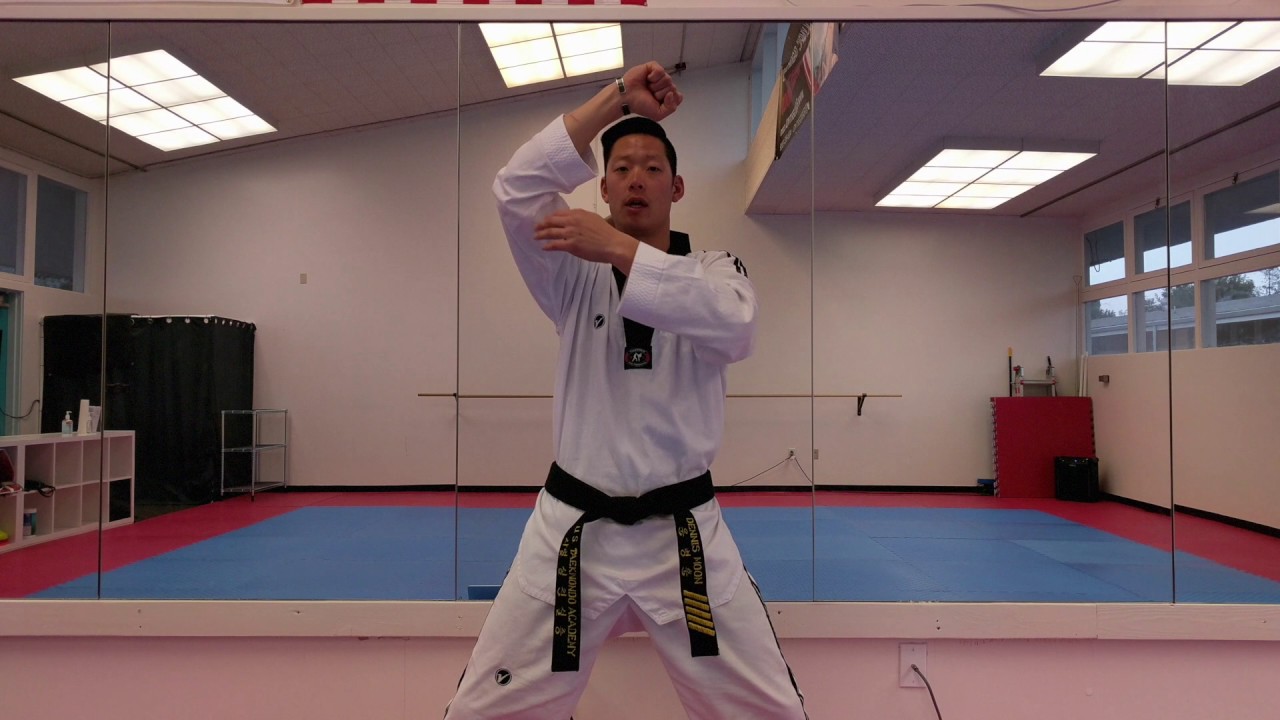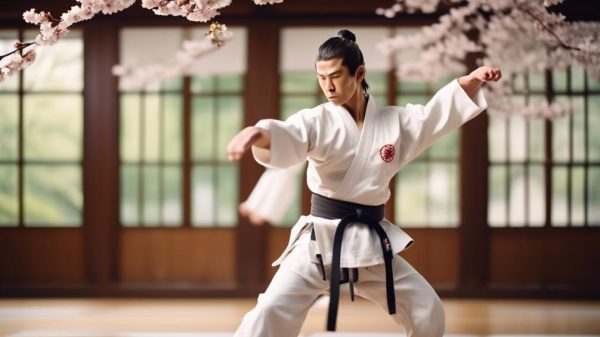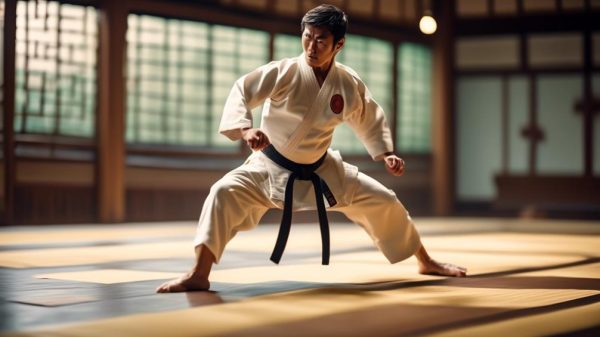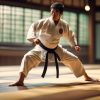The high block, also referred to as rising block, defends against attacks to the upper body and head.
This core technique sees use across countless martial arts like Taekwondo, Shotokan Karate, Muay Thai and more to stop strikes and set up counters.
Over-committing the hands leaves lower openings, so properly timed high blocks rely on swift reflexes earned through extensive drilling.
This guide explores the relevance of high blocks across fighting disciplines, with breakdowns of common variations.
Learn correct form – adjusting arm positioning, level changes and pivoting that diffuses force. We discuss high block applications in kata, drills and sparring exchanges.
With careful practice, high blocks cease being isolated techniques and flow naturally into combinations.
Work through our descriptions, photos and videos detailing nuances for beginners to refine.
Continue polishing high blocks after mastery too – seemingly simple movements still challenge the expert with ever-increasing speed, angles and power. A lifetime of high blocks builds impenetrable defense so fear no assault!
Understanding the High Block
To effectively defend against high-aimed strikes, mastering the high block is essential. This defensive technique intercepts attacks directed at your head and is a fundamental skill in martial arts.
When facing techniques such as an axe kick or a high roundhouse, a well-executed high block acts as your shield.
In martial arts training, emphasis is placed on employing proper technique not only for defense but also to set up potential counterattacks.
The forearm serves as a steadfast guardian, positioned above the head with the palm facing up, effectively transforming the arm into a barrier against oncoming threats.
Alternatively, turning the palm down introduces an offensive element, allowing for a strike at the attacker’s limb to disrupt their momentum.
This subtle variation can determine the outcome, shifting the maneuver from a simple deflection to gaining control of the confrontation.
Historical Significance
The high block has been a time-honored defense against aerial assaults, showcasing the evolution of martial arts through centuries of combat and practice.
This martial technique is more than just a move; it’s a testament to the strategic development of defense in the arts.
As you stand poised and ready, remember the lineage of warriors who refined the high block into what your trained martial arts instructor imparts today.
Mastering this block isn’t just about arm placement; it’s about understanding the historical context that shaped its use.
In ancient times, a high block could mean the difference between life and death when facing weapons such as clubs or the force of an axe kick.
The resilience of the ulna bone was recognized and utilized, ensuring that this technique was fortified by human anatomy itself.
Your instructor emphasizes the importance of the elbow’s position—lower than the wrist—demonstrating an advanced comprehension of how martial arts techniques evolved to redirect rather than resist.
Each time you practice martial arts techniques and exercises, especially the high block, you’re not just learning to defend; you’re embodying centuries of martial wisdom.
Technique and Execution
In executing a high block, it’s essential to position your forearm above your head with your palm facing upwards, utilizing the strength of your ulna to reinforce the technique’s effectiveness.
This strategic positioning not only enhances form but also plays a crucial role in the block’s function and stability.
To redirect attacking force efficiently, ensure that your elbow is slightly lower than your wrist, a crucial detail for the technique and execution of this fundamental move.
Mastery of the high block hinges on proper technique. It should be within your line of sight when you look up, indicating the correct position.
Coupled with an angled wrist, this allows for swift transitions into additional techniques. Precision is paramount in arts techniques and training to prevent injuries and successfully defend against high attacks such as axe kicks or swinging clubs.
Seek instructional videos that provide clear, concise information to visually demonstrate the nuances of basic blocks, ensuring correct utilization of the technique.
Through consistent practice, the high block becomes instinctive, ready to be deployed with confidence when needed.
Common Mistakes to Avoid
Common Mistakes to Avoid in High Block Technique
When mastering the high block, it’s important to avoid some common errors that can weaken your defense and make you vulnerable to strikes.
One such mistake is allowing your wrist to collapse, which significantly reduces the high block’s effectiveness. It’s crucial to keep your wrist firm and aligned with your forearm instead.
Additionally, be mindful not to raise the block too high, as this exposes your head to potential attacks. To efficiently redirect incoming force, ensure that your elbow stays lower than your wrist.
Another mistake to watch out for is overextending your high block, as this can throw you off balance and create openings for counterattacks.
To gain a better understanding of these techniques and minimize the risk of injuries, it’s essential to have your exercises supervised by a qualified martial arts instructor.
Their guidance is invaluable in reinforcing and complementing your practice.
Training Drills and Tips
Tips and Drills for Improving Your High Block
After discussing common errors, let’s delve into refining your high block through targeted training exercises and practical advice.
Mastering the high block technique, especially when defending against high kicks like the axe kick, requires intentional practice.
Your instructor will provide guidance on the correct sequence of movements, ensuring your wrist is angled to potentially grab and counter in a seamless motion.
Incorporate training tools such as padded sticks or foam noodles to simulate swinging attacks.
This section explores how these tools, along with books and instructional videos, can complement the in-class instruction, offering valuable insights and diverse perspectives on perfecting your high block.
When sparring, particularly in Taekwondo, closing the distance between you and your opponent is crucial to reduce the impact of kicking techniques.
Ensure that your blocking arm is fully extended to maximize the effectiveness of your defense.









